Technology
YOUR CAR, YOUR BODY
What older drivers should look for in a vehicle
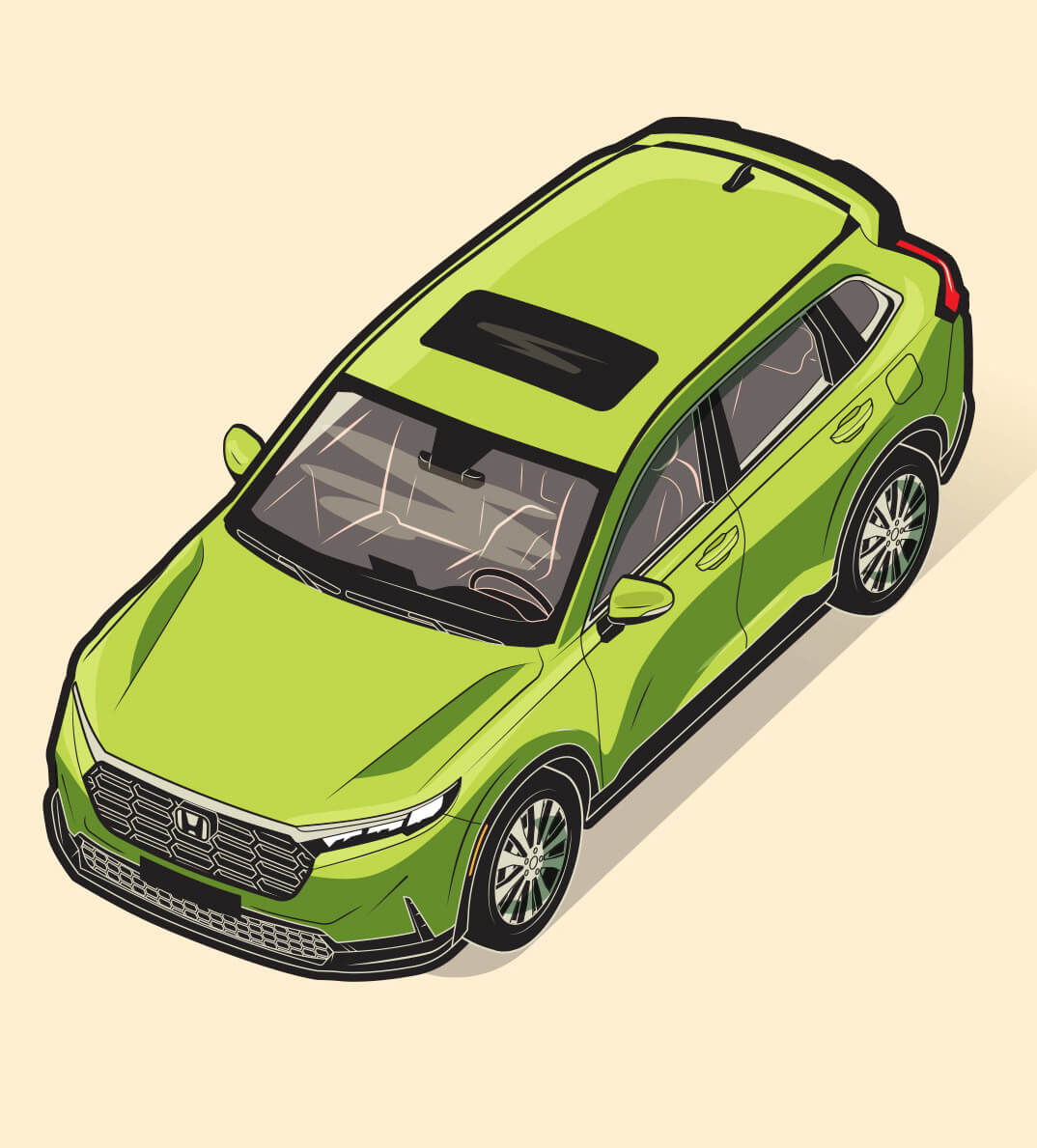
Drivers 55 and older make up more than a third of traffic on U.S. roads, a percentage that is only expected to increase. But those sleek and shiny vehicles you see in glitzy car commercials may not be designed with older bodies in mind. And that can be a problem.
“Selecting a car that best fits you and adjusting it to your body will help increase visibility, reduce distraction and, in the event of a crash, you’ll be positioned for the safety features in your car to work to protect you,” says Josh Dunning, an AARP vice president and national director of its Driver Safety program. Here are some factors to consider when shopping for a vehicle.
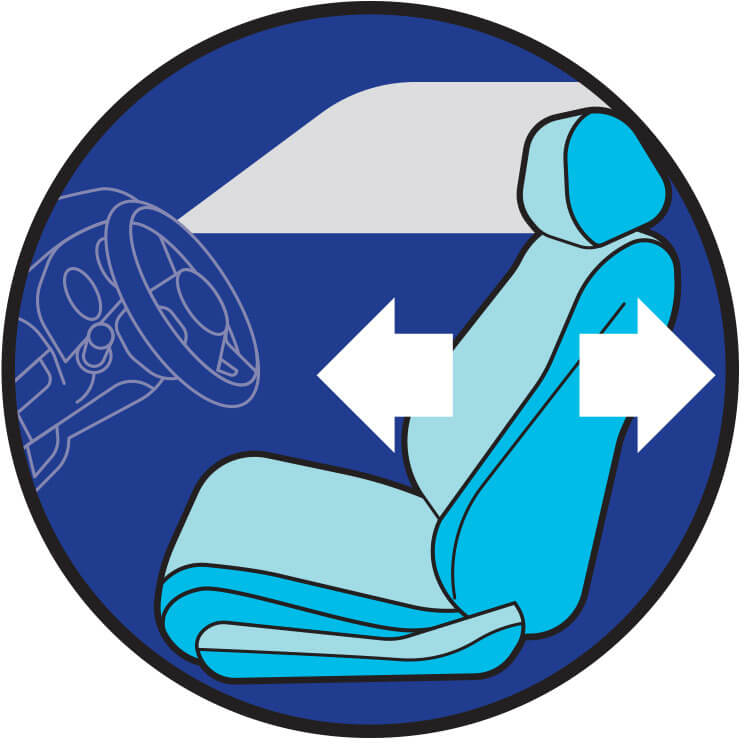
Power seats are prevalent. Most manufacturers offer them on at least the driver’s side in many cars.
ADJUSTABILITY
Manually adjusting seats by pulling levers and using the force of your body can be cumbersome, especially for those with arthritis or other conditions.
THE SOLUTION: Jennifer Stockburger, director of operations at Consumer Reports’ Auto Test Center, encourages older drivers to look for a vehicle with power-adjusted seats that you move by pushing buttons.

Look for models with adjustable steering wheels—not only up and down but telescoping in and out—for the best driver fit.
MORE FEATURES: About 40 percent of Honda cars with power seats include a memory feature that allows each regular driver to save preferred seat and mirror positions and return to those settings by pressing a button, says Jimmy Jenkins, manager for Honda product planning. Many GM models also have memory settings.
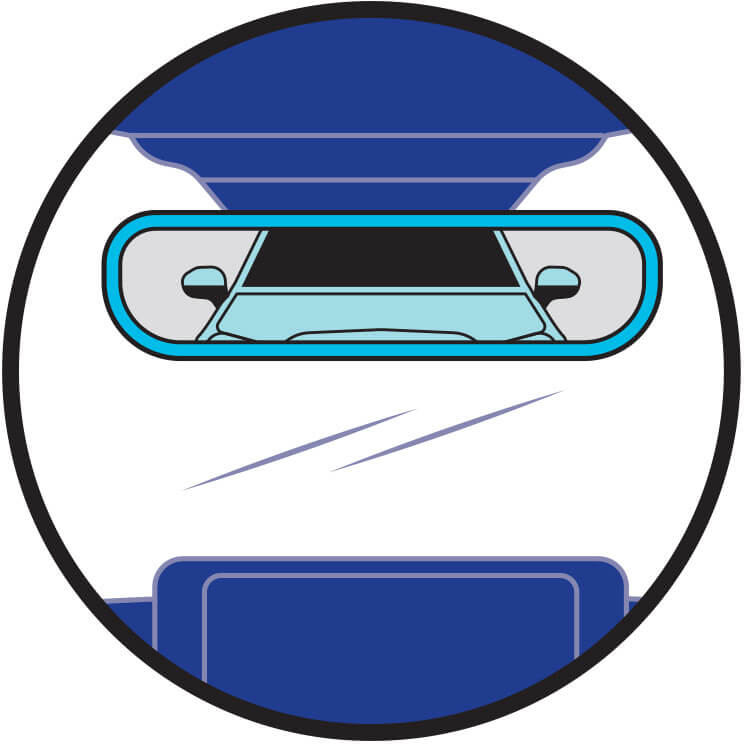
VISIBILITY
To make cars more fuel-efficient, automakers strive for aerodynamics. That means vehicles with sloping front ends and small windows, which can be a problem for drivers with limited range of neck motion. “Visibility becomes critical,” Stockburger says.
THE SOLUTION: Look for older-style “boxy” designs, with more glass for easier viewing.
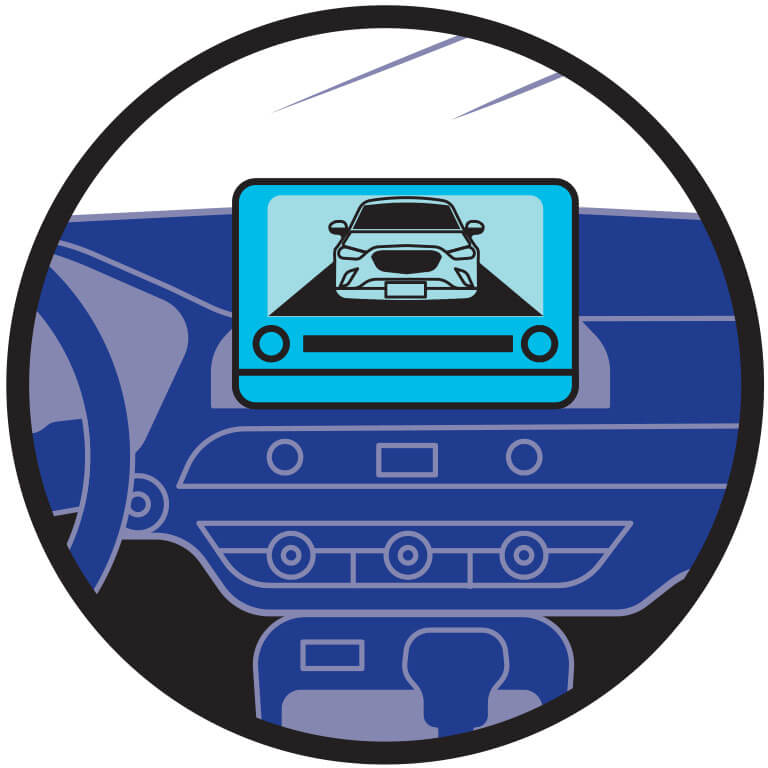
All cars and light trucks since model year 2018 have backup cameras.
EXAMPLES: Among minivans are the Chrysler Pacifica and Honda Odyssey. SUV selections include the Kia Soul, Toyota Highlander, Subaru Forester, Toyota RAV4 and Nissan Rogue. If you want a sedan, the Toyota Camry and Honda Accord have limited blind spots.
MORE FEATURES: Backup cameras are required by law, but generally come on only when in reverse. Some models let you turn on the camera while driving forward, as a sort of additional rearview mirror.

ACCESS
It can be difficult to get in and out of cars that are low to the ground. And large trucks and SUVs may sit too high. Fortunately, one of the most popular classes of vehicles is just right.
THE SOLUTION: Small and midsize SUVs are the sweet spot. “You don’t have to climb up as you would into a truck, and you don’t have to duck or bend as you would for a lower vehicle,” Stockburger says. Look for vehicles in which the seat is almost hip height.
EXAMPLES: Some of the most popular small SUVs are the Toyota RAV4, Honda CR-V, Nissan Rogue, Chevrolet Equinox and Subaru Forester.
MORE FEATURES: Doors are easier to open than in the past, says Rex Tokeshi-Torres. That’s because handles today are generally designed to be grabbed and pulled, rather than manipulated with one’s fingers.
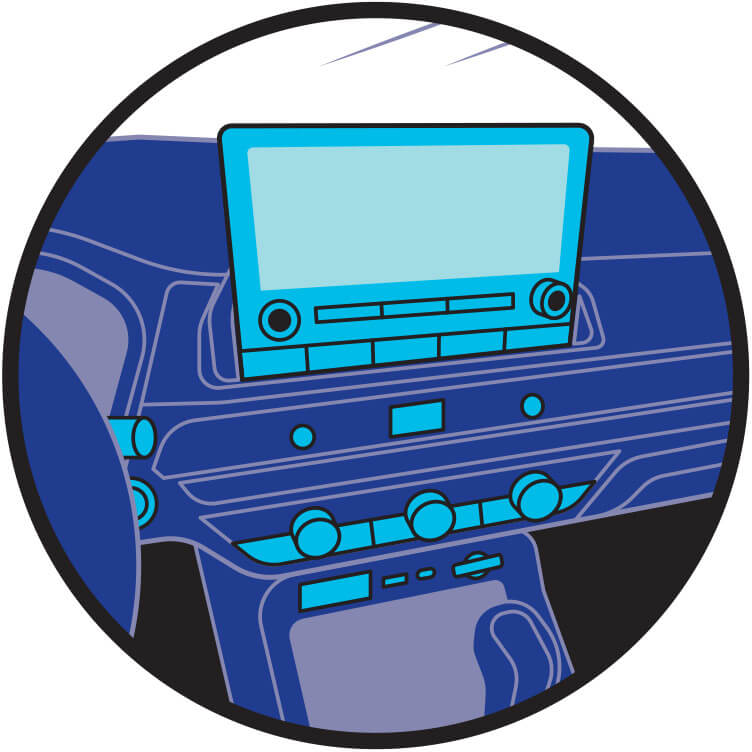
When shopping for a car, make sure the screen text is large enough to be legible from the seat.
DASHBOARD
A survey by S&P Global Mobility found that dashboard touch screens had limited appeal among older drivers. Fewer than 30 percent of respondents 55 and older said they prefer them.
THE SOLUTION: Look for knobs and buttons for common functions, such as temperature and radio control, says Tokeshi-Torres, associate manager of vehicle testing for Edmunds.
EXAMPLES: Volkswagen announced it is bringing back more tactile controls to its dashboards.
MORE FEATURES: Voice commands let you control functions without taking your eyes off the road. For example, Mercedes-Benz’s system lets you control heated seats by voice and ask questions about vehicle features, says spokesman Matthias Struck.
AARP CarFit
AARP, along with AAA and the American Occupational Therapy Association, collaborated to offer a program called CarFit, which holds workshops to help drivers find the safest fit in their vehicle. For more information, visit car-fit.org.
Julie Halpert is a journalist based in Michigan who has covered the auto industry for more than three decades. She has also written for The New York Times, Newsweek, Automotive News and Advertising Age.